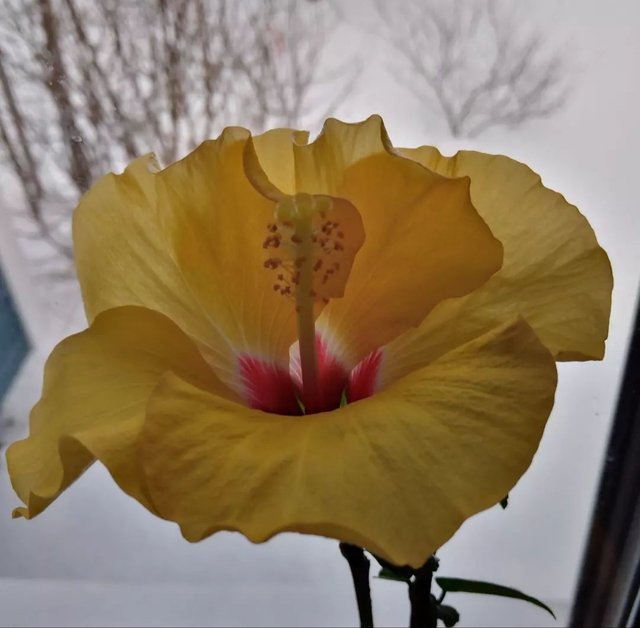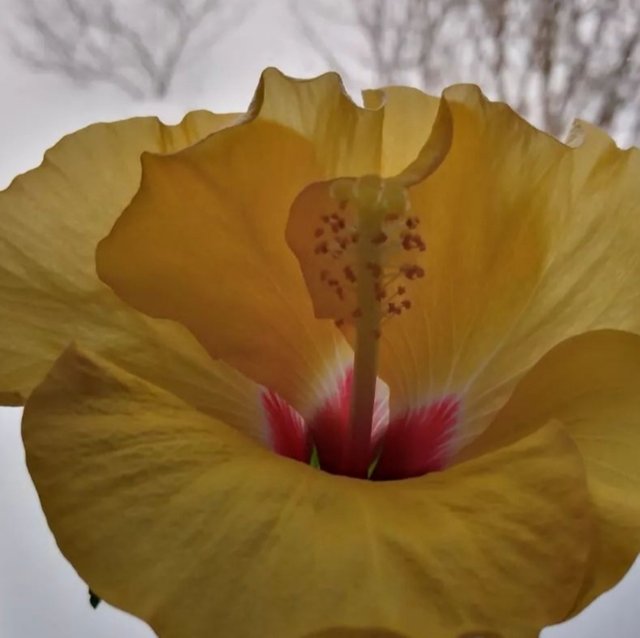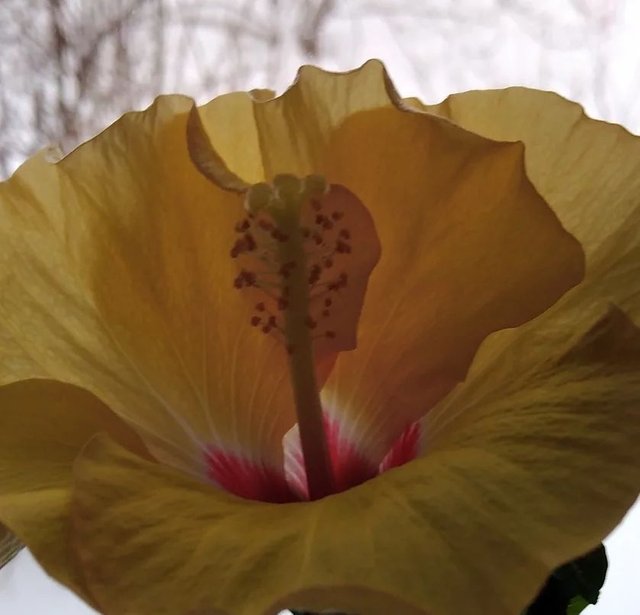Hibiscus Flower




The hibiscus flower, with its vibrant hues and intricate petals, stands as a testament to nature's artistry. Known for its mesmerizing beauty and cultural significance across the globe, the hibiscus has woven itself into the fabric of various traditions and practices.The hibiscus, belonging to the Malvaceae family, boasts a diverse array of species, each flaunting unique characteristics. Its iconic trumpet-shaped blooms, often large and showy, can be found in colors ranging from vivid reds and pinks to more subdued whites and yellows. This diversity has made the hibiscus a favorite among gardeners and flower enthusiasts.
Beyond its aesthetic appeal, the hibiscus holds profound cultural significance in many societies. In Hawaii, the hibiscus is the state flower, symbolizing the beauty and essence of the islands. In various Asian cultures, the flower is revered for its medicinal properties, believed to possess healing abilities.The hibiscus is not just a feast for the eyes; it can also tantalize the taste buds. Hibiscus tea, a popular beverage made from the dried petals of the flower, is not only refreshing but is also celebrated for its potential health benefits. Rich in antioxidants, this tea has gained popularity for its potential to support heart health and boost the immune system.
Gardening enthusiasts cherish the hibiscus for its adaptability and resilience. Whether grown in tropical climates or as potted plants in colder regions, hibiscus flowers can thrive under various conditions, adding a touch of elegance to gardens, balconies, and landscapes.The hibiscus has been a symbol of love, beauty, and femininity in many cultures. In ancient Egypt, it was associated with the goddess Isis, while in Hindu traditions, the flower is linked to the goddess Kali. Its presence in religious ceremonies and celebrations underscores its spiritual significance.Beyond its cultural and aesthetic contributions, the hibiscus also plays a role in the ecosystem. As a nectar source for pollinators like bees and butterflies, it contributes to the delicate balance of biodiversity. Its presence in gardens aids in supporting local ecosystems.
